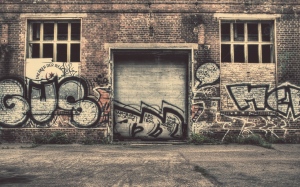

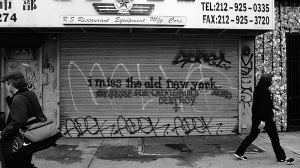

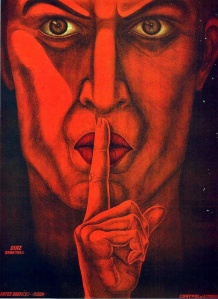
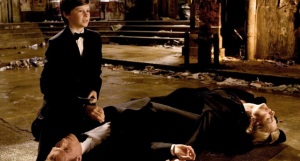 some urban research, painting and enviroment of feeling
some urban research, painting and enviroment of feeling
film fight club is a power and strong contracts film
good urban source
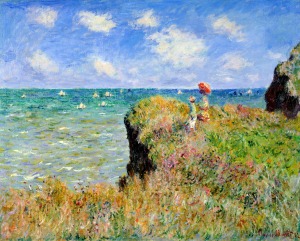
Monet was unhappy in Poissy, where he lived from this time with Anne Hoschedé, and wanted to take a trip to Normandy in the early summer of 1882. So he rented a house where he could bring all of his family to join him. He could not wait to rediscover the subjects he already knew well: ‘the countryside is wonderful at the moment and I long to get back to it.’ This allowed Monet to paint the east side of Val Saint-Nicolas on this canvas, inserting two female figures into the landscape, possibly Madame Hoschedé and one of her daughters; easy access to the spot gave his models the opportunity to pose there. But his initial enthusiasm and being reunited with his former circle were soon replaced by a mediocre summer in which he waited impatiently for sunny spells, and his work proved difficult.
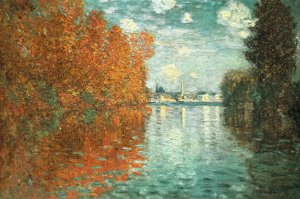
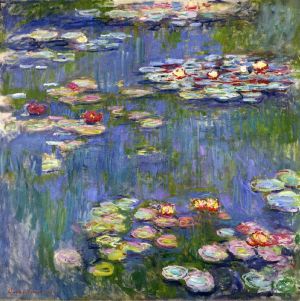 Claude Monet was a key figure in the Impressionist movement that transformed French painting in the second half of the nineteenth century. Throughout his long career, Monet consistently depicted the landscape and leisure activities of Paris and its environs as well as the Normandy coast. He led the way to twentieth-century modernism by developing a unique style that strove to capture on canvas the very act of perceiving nature.
Claude Monet was a key figure in the Impressionist movement that transformed French painting in the second half of the nineteenth century. Throughout his long career, Monet consistently depicted the landscape and leisure activities of Paris and its environs as well as the Normandy coast. He led the way to twentieth-century modernism by developing a unique style that strove to capture on canvas the very act of perceiving nature.
Raised in Normandy, Monet was introduced to plein-air painting by Eugène Boudin (2003.20.2), known for paintings of the resorts that dotted the region’s Channel coast, and subsequently studied informally with the Dutch landscapist Johan Jongkind (1819–1891). When he was twenty-two, Monet joined the Paris studio of the academic history painter Charles Gleyre. His classmates included Auguste Renoir, Frédéric Bazille, and other future Impressionists. Monet enjoyed limited success in these early years, with a handful of landscapes, seascapes, and portraits accepted for exhibition at the annual Salons of the 1860s. Yet many of the rejection of his more ambitious works, notably the large-scale Women in the Garden  (1866; Musée d’Orsay, Paris), inspired Monet to join with Edgar Degas, Édouard Manet, Camille Pissarro, Renoir, and others in establishing an independent exhibition in 1874. Impression: Sunrise(1873; Musée Marmottan Monet, Paris), one of Monet’s contributions to this exhibition, drew particular scorn for the unfinished appearance of its loose handling and indistinct forms. Yet the artists saw the criticism as a badge of honor, and subsequently called themselves “Impressionists” after the painting’s title, even though the name was first used derisively.
(1866; Musée d’Orsay, Paris), inspired Monet to join with Edgar Degas, Édouard Manet, Camille Pissarro, Renoir, and others in establishing an independent exhibition in 1874. Impression: Sunrise(1873; Musée Marmottan Monet, Paris), one of Monet’s contributions to this exhibition, drew particular scorn for the unfinished appearance of its loose handling and indistinct forms. Yet the artists saw the criticism as a badge of honor, and subsequently called themselves “Impressionists” after the painting’s title, even though the name was first used derisively.
\Human body statues, Dr. Gunther von Hagens
German anatomist Dr. Gunther von Hagens has a penchant and pride for turning real human bodies into statues with a technique called “plastination.” By using a volunteer’s dead body and injecting a liquid plastic solution into it to harden and preserve the cadavers entirely, von Hagens creates “timeless” art. However, the controversial nature of his work means that much like a mad scientist, he must work out of a secret lab. Von Hagens’ first displayed his sculptures at a 1995 exhibition in Japan.
Read more at http://all-that-is-interesting.com/worlds-weirdest-artwork#iKSrSUGg17jSL0jp.99